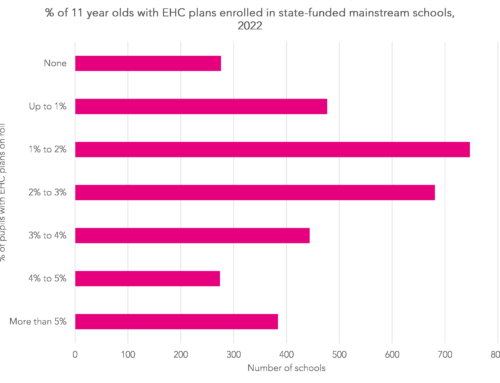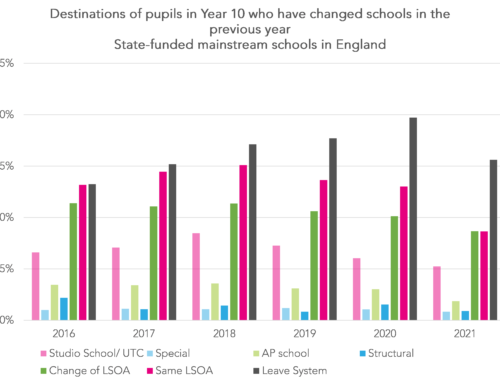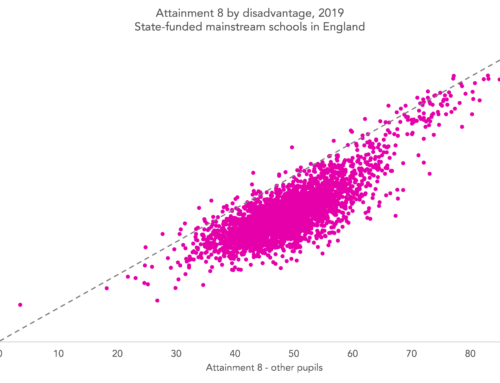
Welcome to the first in a series of blogposts from Education Datalab on the experience of those who sit the 11-plus in Kent – determining who does, and who doesn’t get into grammar school.
This work looks at data relating to thousands of children in Kent, and concludes that getting into a grammar school in Kent is akin to rolling a loaded dice. We say this for two reasons.
A dice
We say that getting into a grammar school in Kent is akin to rolling a dice because of the arbitrariness of who passes the test. Only one in four children in Kent get into grammar school each year, and there are several key ways in which the question of who gets in is a matter of chance.
Loaded
We say that the dice is loaded because the odds are not equal for all children – with poor children those who are less likely to get in. Several parts of the process contribute to this – taken together they have the net effect of stacking the odds further against disadvantaged children attempting to get into grammar school.

While the situation will be different in other parts of the country that have grammar schools, and will be different again if selection is introduced nationally, Kent provides a useful case study of how a combination of strict tests and subjective appeals work together to determine who gets into a grammar school.
One point to note is that our data covers only those who sit the 11-plus, so we have not looked at all at who enters the test. It is likely that there are also inequalities in who is sitting the test, with disadvantaged children less likely to sit it.
Why focus on Kent?
Kent is just one local authority, but is one of the parts of the country where selectivity is most heavily embedded, with 32 out of England’s total of 163 grammar schools found in the county (excluding Medway).
Kent has 67 non-selective secondary schools, with an average of 28% of children in any given year attending a grammar school [PDF].
The county comprises both rural and urban communities, from the wealthy commuter-belt towns in the west to the more disadvantaged communities in the east. A total of 9.5% of the pupils in its secondary schools are eligible for free school meals (FSM), compared to 13.2% nationally.
Kent also has features that lend it to analysis. The fact that it is bounded by the sea on many sides means cross-local authority border flows aren’t as great as in some other parts of the country.
The data
This analysis is based on data obtained under the Freedom of Information Act by the Kent Education Network, a group opposed to selective education.
Our analysis utilises data relating to pupils who sat the 11-plus in September 2015 for entry to grammar school in September 2016. This data has a number of shortcomings: some elements relate to all students sitting the test, while others are a sample of test-takers who attended Kent state primary schools. Nevertheless, taken together it is capable of providing insight into some critical aspects of gaining a place at a grammar school.





Leave A Comment